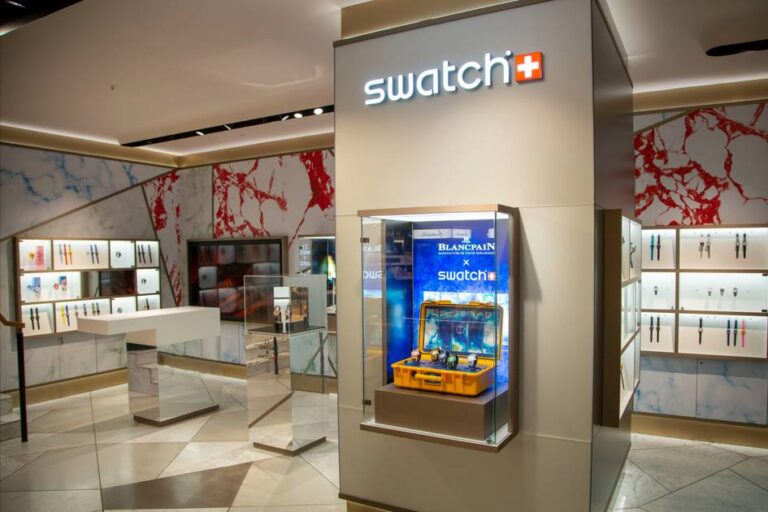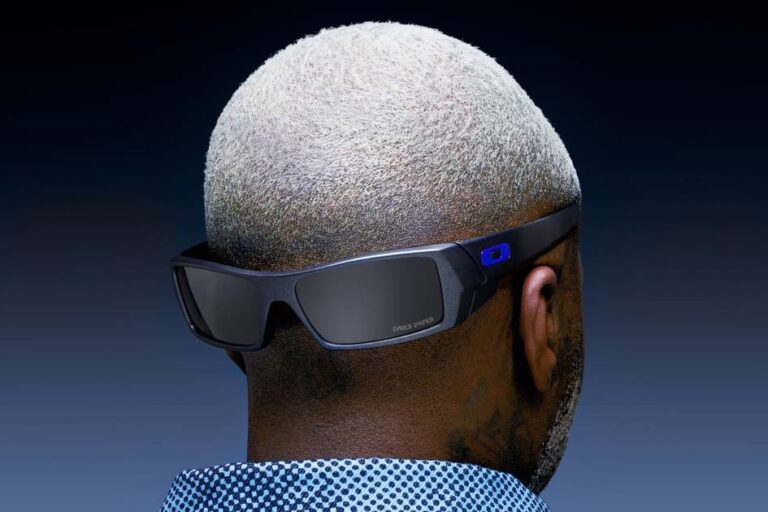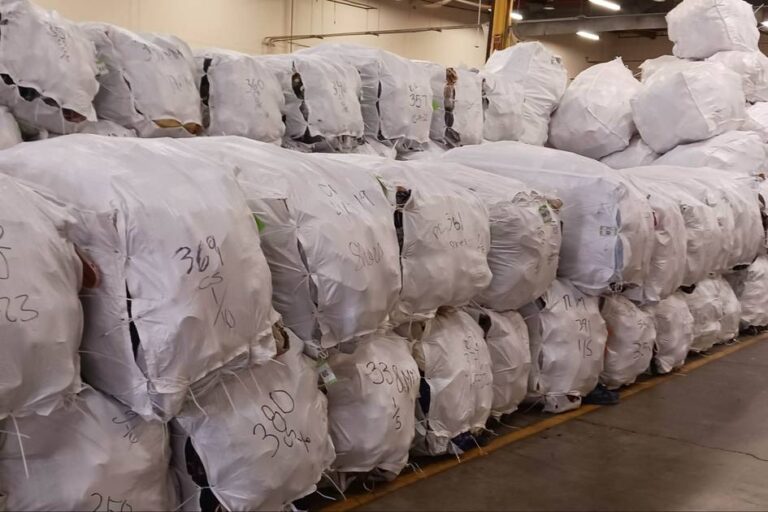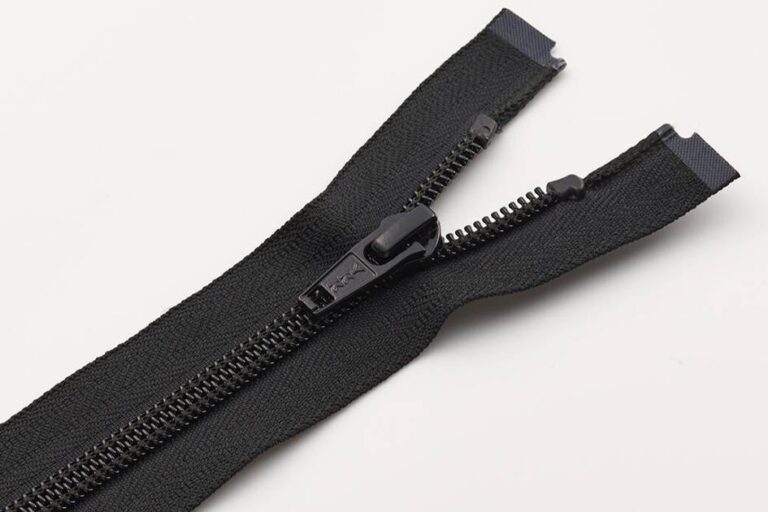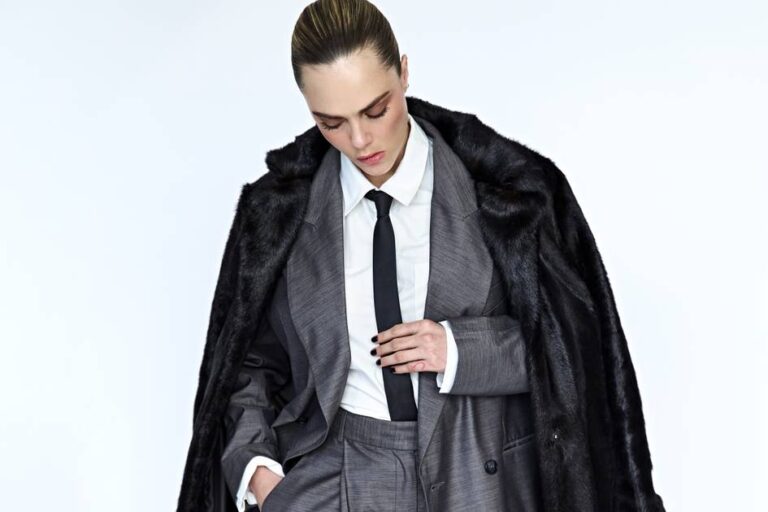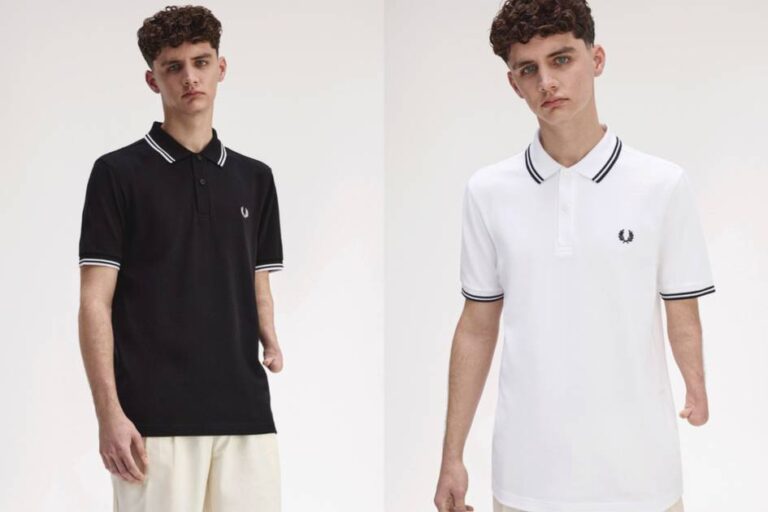Exploring Outdoor Trends in Fashion: A Thrilling Journey

The intersection of outdoor activities and fashion has become increasingly prominent, particularly with the rise of trends like Gorpcore. This blending of functionality and style poses challenges for brands and retailers, as consumer behaviors evolve.
Rigid Boundaries in Retail Segments
Gorpcore is merely the most recent illustration of the ongoing fusion between fashion and outdoor gear. Consumers often mix outdoor and fashion items effortlessly, pairing an outdoor jacket with jeans or trail running shoes with a skirt. Yet, while consumers can easily create blended looks, the retail sector struggles with the rigid boundaries that separate these categories. Long-term indecision regarding brand identity can lead to significant issues, as evidenced by the past two decades.
Fashion’s Impact on Outdoor Brands
A notable example is Helly Hansen, a Scandinavian brand that became unexpectedly popular in the hip-hop scene in the 1990s. The widespread adoption of HH puffer jackets was not driven by the brand’s initial audience, leading to a backlash from its core consumers once the fashion wave subsided. Similarly, Adidas faced challenges when Run-DMC celebrated its three stripes. The company adapted by creating Adidas Originals to distinguish between fashion and performance, maintaining a successful balance in the marketplace.
Adidas’s outdoor division, Terrex, has encountered difficulties since its launch in 2011. Despite recruiting top athletes for marketing, the brand struggled to gain acceptance in the outdoor community, often being viewed as overly mainstream. The lack of clear positioning has left Terrex in a constant state of evolution, with varying focuses that have hindered its credibility.
Outdoor Brands Seeking Distinction from Fashion
Recent years have seen an influx of outdoor brands attempting to engage with fashion, yet often at a cost to their identity. Brands like The North Face and Salomon are now exploring separate performance and fashion lines, while Mammut has distanced itself from streetwear after a misstep with fashionable collections. Their current strategy aims to communicate a firm identity while minimizing any association with fleeting fashion trends.
Arc’teryx, a premium outdoor brand, established Veilance for minimalist high-tech apparel, yet when momentum surged in the fashion world, it was the core outdoor line that garnered attention. This shift had adverse effects on its credibility, prompting the brand to reassert its core identity. “Our focus is precisely on functional outdoor gear, not fashion trends,” stated Sven Radtke, the general manager of Arc’teryx EMEA, emphasizing a commitment to authenticity.
Who Gains From the Outdoor Trend?
The Gorpcore trend has undoubtedly increased visibility and attracted new audiences to the outdoor sector, especially during the pandemic. People in urban settings have begun to appreciate the practical aspects of outdoor functional wear. However, the long-term commitment of these new consumers remains uncertain. Initially, brands like Arc’teryx and Salomon experienced promising sales, but traditional outdoor retailers have largely missed out, as many new customers bypass dedicated outdoor shops.
In contrast, fashion retailers have capitalized on the trend, creating spaces that merge outdoor aesthetics with urban style, thus fostering a hybrid shopping experience.
Conclusion: The Gradual Merging of Segments
Looking ahead, it’s unclear how lasting this hype will be. The intrinsic connection to physical activity and nature likely ensures that outdoor themes will influence fashion for years to come. While the extent of this impact may fluctuate, the drive for comfort through functional materials appears to be a consistent consumer demand. However, as long as true outdoor enthusiasts and fashion influencers continue to differentiate themselves, the two will likely remain separate in both shopping behavior and brand focus.
The hybrid demographic—young, sporty individuals who don’t strictly fit traditional outdoor or fashion categories—will be crucial for the evolution of both industries. This segment represents a future pathway for a deeper integration of outdoor functionality into the world of fashion, although immediate mainstream attention may shift back to more conventional styles. How do you see the relationship between fashion and outdoor gear evolving in the future?
